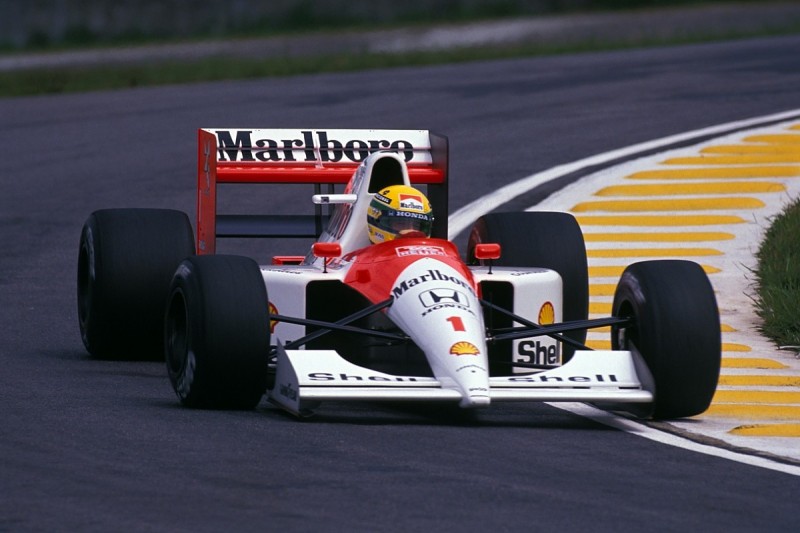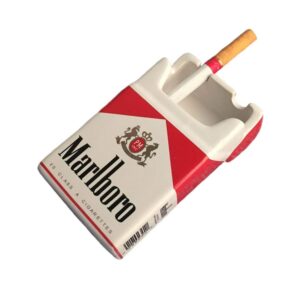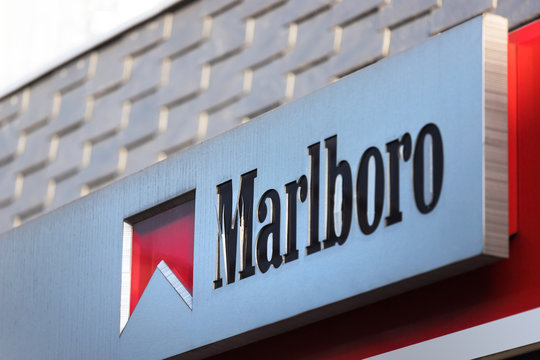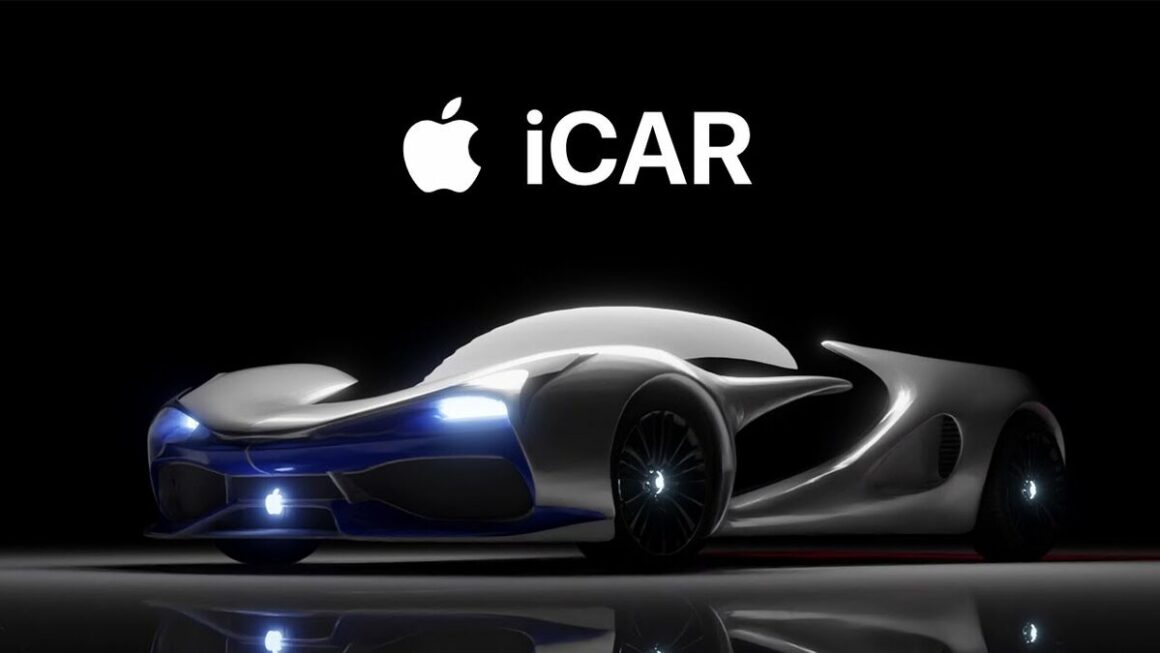Marlboro is a brand of cigarettes manufactured by Philip Morris International (PMI). It is the best-selling cigarette brand in the world, with over 360 billion cigarettes sold annually. Marlboro was originally marketed as a women’s cigarette in the 1920s, but it was repositioned as a men’s cigarette in the 1950s with the introduction of the Marlboro Man campaign. The Marlboro Man campaign was a series of advertisements that featured rugged, outdoorsy men smoking Marlboro cigarettes. The campaign was very successful in appealing to male smokers, and Marlboro quickly became the top-selling cigarette brand in the United States.
Marlboro is known for its red and white packaging, which has remained unchanged since the 1950s. The brand is also known for its association with motor racing. Marlboro has been a sponsor of Formula One teams since the early 1970s, and it is currently the title sponsor of the Marlboro McLaren Mercedes Formula One team.
Marlboro has been criticized for its marketing practices, which have been accused of targeting young people and glamorizing smoking. However, the brand remains one of the most popular cigarettes in the world.
Here are some additional facts about Marlboro:
- The name “Marlboro” was derived from Great Marlborough Street, the location of Philip Morris’s original London factory.
- Marlboro was originally marketed as a “luxury” cigarette, and it was priced higher than other brands.
- The Marlboro Man campaign was created by Leo Burnett Worldwide, and it was one of the most successful advertising campaigns of all time.
- Marlboro has been the subject of several lawsuits, including a class-action lawsuit that alleged that the company’s marketing practices were deceptive.
- Marlboro is one of the most heavily taxed products in the world.
Despite the controversy surrounding it, Marlboro remains one of the most popular cigarette brands in the world. It is a symbol of rugged masculinity and freedom, and it appeals to smokers of all ages.
Marketing Strategies of Marlboro
Marlboro’s marketing strategies have played a pivotal role in shaping the brand’s image and establishing its iconic status. From the groundbreaking Marlboro Man campaign to its continued global success, here is an in-depth exploration of Marlboro’s marketing strategies:
The Marlboro Man Campaign: In the 1950s, Marlboro underwent a radical transformation, shifting its focus from targeting women to capturing the male demographic. The introduction of the Marlboro Man campaign was a game-changer, featuring rugged cowboys in outdoor settings. This campaign tapped into the desire for adventure, freedom, and masculinity, capturing the imagination of consumers worldwide. The Marlboro Man became an enduring cultural icon, personifying the brand’s core values and reinforcing its association with rugged individualism.
Emotional Branding and Lifestyle Association: Marlboro’s marketing strategy revolves around emotional branding and creating a lifestyle association. The brand’s advertisements consistently portrayed images of outdoor activities, such as horseback riding, camping, and motorsports, conveying a sense of freedom, masculinity, and exploration. By associating Marlboro with these aspirational activities, the brand cultivated an emotional connection with consumers, positioning itself as a symbol of adventure and personal freedom.
Sponsorships and Events: Marlboro strategically engaged in sponsorships and events to further solidify its brand image. The brand became synonymous with motorsports, particularly Formula One racing. Marlboro has been a sponsor of Formula One teams since the early 1970s, and it is currently the title sponsor of the Marlboro McLaren Mercedes Formula One team. Marlboro sponsored successful racing teams and drivers, showcasing its logo prominently on race cars and team uniforms. This association with high-speed, adrenaline-fueled sports reinforced Marlboro’s positioning as a brand for risk-takers and thrill-seekers.

Packaging and Logo Design: Marlboro’s packaging and logo design have played a significant role in its marketing strategy. The brand’s distinct red and white packaging, featuring the iconic Marlboro logo, became instantly recognizable. The clean, bold design appealed to consumers and created a sense of brand loyalty and recognition. The packaging consistently reinforced the Marlboro brand’s values of strength, quality, and authenticity.

Brand Extension and Product Diversification: As consumer preferences and health concerns evolved, Marlboro employed a brand extension strategy to diversify its product offerings. The brand introduced reduced-risk alternatives, such as heated tobacco products and electronic cigarettes, to cater to changing consumer demands. By expanding its portfolio, Marlboro aimed to retain its existing customer base while appealing to a broader range of consumers who sought reduced-risk options.
Cultural Impact and Iconic Status: Marlboro’s marketing strategies have contributed to its lasting cultural impact. The brand’s advertisements, packaging, and association with the Marlboro Man have become iconic references in popular culture. The Marlboro brand has been referenced in films, music, and literature, further cementing its place in the collective consciousness and establishing Marlboro as an enduring symbol of masculinity and adventure.
In conclusion, Marlboro’s marketing strategies have been instrumental in building and sustaining its global success. Through the pioneering Marlboro Man campaign, emotional branding, lifestyle association, strategic sponsorships, recognizable packaging, brand extension, and cultural impact, Marlboro has created a powerful and enduring brand image. These marketing strategies have allowed Marlboro to consistently resonate with consumers and maintain its status as one of the most recognizable and successful tobacco brands worldwide.
Marketing Mix of Marlboro
The marketing mix, also known as the 4Ps (Product, Price, Place, and Promotion), provides a framework to understand the key elements of Marlboro’s marketing strategy. Here is a detailed exploration of each element within Marlboro’s marketing mix:
Product: Marlboro offers a range of tobacco products, primarily focusing on cigarettes. The brand is known for its signature flavor and quality, appealing to consumers seeking a distinct smoking experience. Marlboro has also diversified its product portfolio to include reduced-risk alternatives, such as heated tobacco products and electronic cigarettes. These product variations aim to cater to evolving consumer preferences while leveraging Marlboro’s brand equity.
Price: The pricing strategy of Marlboro aligns with its positioning as a premium brand. Marlboro cigarettes are typically priced higher than competitors, reflecting the brand’s perceived value and quality. The premium pricing strategy not only contributes to Marlboro’s image as a desirable brand but also supports profitability and exclusivity.
Place: Marlboro’s distribution strategy ensures widespread availability across various markets globally. The brand utilizes a multi-channel distribution approach, targeting both traditional retail outlets, such as convenience stores and supermarkets, as well as online platforms. This extensive distribution network enables Marlboro to reach a wide consumer base and maintain its market presence.
Promotion: Promotion is a critical aspect of Marlboro’s marketing mix, and the brand has employed various strategies to create a strong and distinctive brand image:
- Advertising: Marlboro’s iconic advertising campaigns, such as the Marlboro Man, have been instrumental in shaping the brand’s image. The campaigns convey a sense of rugged masculinity, adventure, and freedom, resonating with consumers worldwide.
- Sponsorships and Events: Marlboro engages in strategic sponsorships and events, particularly in motorsports. The brand sponsors racing teams and drivers, leveraging the association with speed, excitement, and high-performance to reinforce Marlboro’s brand identity.
- Packaging and Logo: Marlboro’s packaging features its recognizable red and white color scheme and logo. The packaging design is consistent, clean, and bold, making it instantly recognizable and reinforcing the brand’s distinctiveness and quality.
- Digital Marketing: Marlboro leverages digital platforms, including social media and online advertising, to engage with consumers and communicate its brand messages. Digital marketing enables Marlboro to target specific demographics and build brand loyalty among tech-savvy consumers.
In summary, Marlboro’s marketing mix incorporates a strategic approach to product development, premium pricing, extensive distribution, and impactful promotion. By focusing on product quality, a premium image, wide accessibility, and compelling brand messages, Marlboro has established itself as a dominant and iconic brand in the tobacco industry.
STP Analysis of Marlboro
STP analysis, which stands for Segmentation, Targeting, and Positioning, is a framework used to analyze and develop marketing strategies. Let’s delve into each component of the STP analysis as it applies to Marlboro:
Segmentation: Marlboro employs market segmentation to identify and target specific consumer groups based on their characteristics, needs, and preferences. While Marlboro’s target audience has evolved over time, the brand primarily focuses on adult smokers. Segmentation factors that Marlboro may consider include demographics (age, gender, income), psychographics (lifestyle, personality traits), and geographic location.
For instance, Marlboro’s initial rebranding in the 1950s targeted male smokers seeking adventure and freedom. This led to the development of the Marlboro Man campaign, which resonated with the rugged, outdoor-oriented segment of the market.
Targeting: Marlboro’s targeting strategy aims to reach and engage with specific segments of the market that align with the brand’s image and positioning. Over the years, Marlboro has adapted its targeting strategy to address evolving consumer preferences and regulatory environments.
The brand has traditionally targeted adult male smokers, particularly those seeking a sense of masculinity, independence, and a rugged lifestyle. Marlboro’s imagery and advertising campaigns, such as the Marlboro Man, have successfully appealed to this target audience by embodying the values and aspirations of this specific segment.
It’s important to note that while Marlboro primarily targets male smokers, the brand also considers the broader market and the evolving landscape of consumer preferences. With the introduction of reduced-risk alternatives, Marlboro may target segments interested in transitioning to less harmful tobacco products or exploring alternatives to traditional cigarettes.
Positioning: Positioning is a crucial aspect of Marlboro’s marketing strategy, as it establishes how the brand differentiates itself from competitors and how it is perceived by the target audience. Marlboro has crafted a powerful and enduring brand image by positioning itself as a symbol of adventure, freedom, and masculinity.
Through its advertising campaigns, association with outdoor activities, and rugged imagery, Marlboro positions itself as a brand for risk-takers, explorers, and individuals seeking personal freedom. The Marlboro Man campaign, in particular, played a significant role in shaping this positioning by establishing Marlboro as a brand synonymous with independence, strength, and the pursuit of a life unconstrained by societal norms.
Marlboro’s consistent branding, packaging design, and association with motorsports further reinforce its positioning as a premium brand representing quality and authenticity.
In summary, Marlboro’s STP analysis involves segmenting the market based on consumer characteristics and preferences, targeting specific segments that align with the brand’s image, and positioning itself as a symbol of adventure, freedom, and masculinity. By understanding its target audience, Marlboro has been able to tailor its marketing efforts to effectively reach and engage with consumers who resonate with its brand values.
Also Read: Repositioning Through Iconic Marlboro Man Campaign
To read more content like this, subscribe to our newsletter



